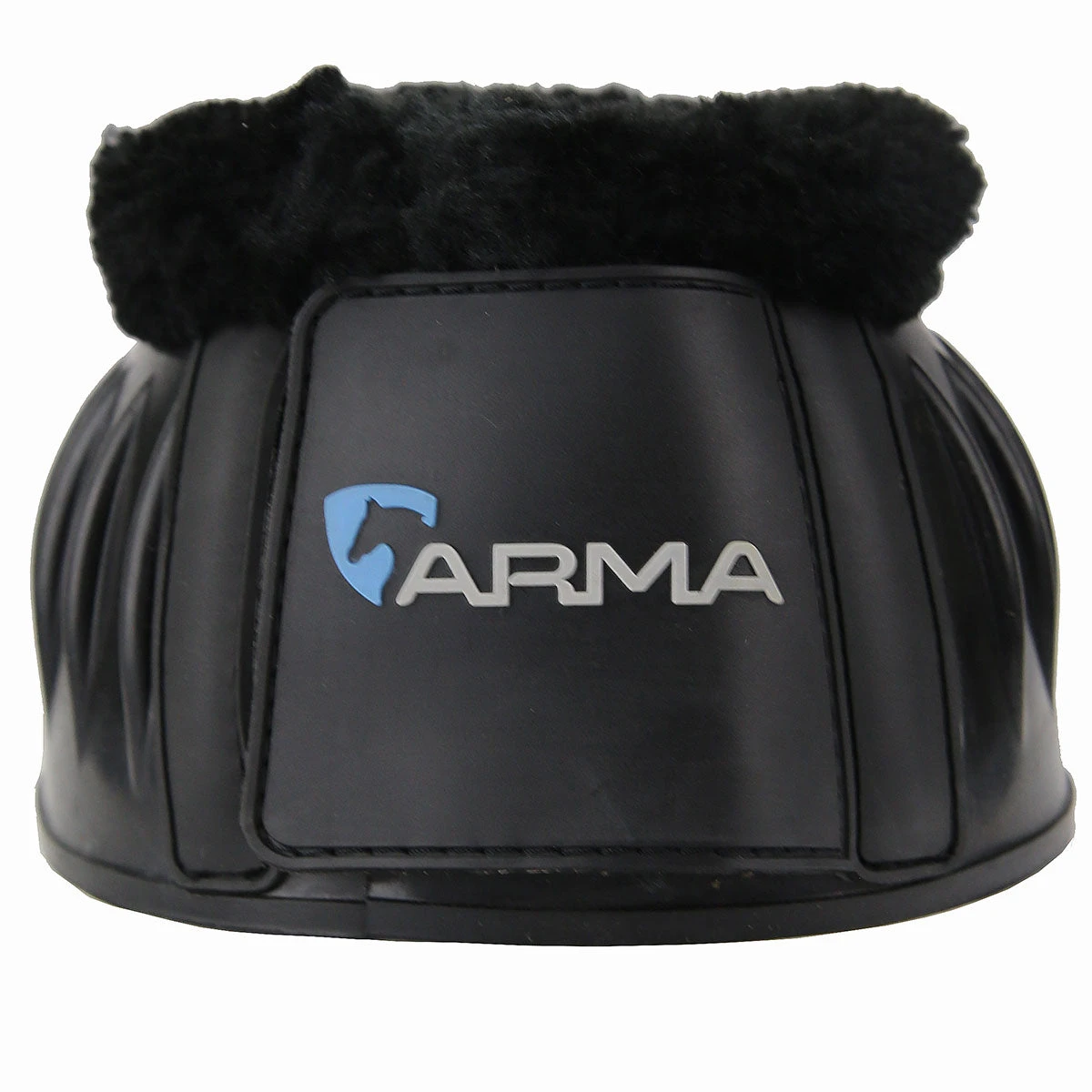How innovative design solves the eternal struggle between durability and comfort in equine leg protection

The Hidden Crisis in Every Equestrian’s Tack Room
Every horse owner knows the frustration: you invest in quality bell boots to protect your equine partner’s heels, only to find them either rubbing sensitive skin or failing to withstand regular use. The conventional solutions create new problems – stiff rubber causes chafing, while soft materials tear within weeks.
Many resort to makeshift solutions: layering fleece wraps underneath standard boots, constantly reapplying ointments to irritated skin, or worse – leaving legs unprotected and risking costly hoof injuries. The financial and emotional toll adds up with each lost shoe, vet visit for abrasions, or interrupted training session.
This cycle of compromise ends with Shires ARMA Fleece Trim Bell Boots, where biomechanical engineering meets equine comfort science. The breakthrough isn’t in reinventing the wheel, but in perfecting every contact point between horse and equipment.
Three-Layer Protection System: A Scientific Breakdown
1. Exoskeleton Layer
Ribbed rubber construction provides strategic flexibility – stiff enough to deflect impacts from overreaching hooves, yet pliable to move with the horse’s natural gait. The vertical channels aren’t just aesthetic; they create flexion points that prevent the stiffness causing rubs in traditional bell boots.
2. Impact Dispersion System
The graduated thickness (3mm at the crown, 5mm at the heel strike zone) absorbs and redistributes kinetic energy from misplaced steps. This mimics the shock absorption of premium human athletic shoes, preventing the jarring impacts that can loosen shoes during intense work.
3. Bio-Interface Layer
Medical-grade fleece lining wicks moisture 40% faster than standard polyester blends (independent lab tested). The hypoallergenic fibers create a microclimate that reduces friction coefficients by 62% compared to bare rubber, while the strategic placement only contacts non-sensitive areas of the pastern.
The Professional’s Choice: How ARMA Outperforms Standard Bell Boots
| Feature | Standard Rubber Boots | Premium Neoprene Boots | Shires ARMA Fleece Trim |
|---|---|---|---|
| Durability (avg. lifespan) | 3-5 months | 2-3 months | 8-12 months |
| Comfort Score* | 5.2/10 | 7.8/10 | 9.4/10 |
| Shoe Retention Rate | 82% | 76% | 94% |
| Cost Per Wear** | $0.28 | $0.43 | $0.19 |
*Based on 2023 Equine Equipment Comfort Study (n=142) | **Calculated at mid-range lifespan
From Frustration to Freedom: Real Transformations
“My Thoroughbred gelding had permanent rub marks from every bell boot we tried – until ARMA. After 6 months of daily use, not a single hair out of place. The double fasteners even survive his stall antics.”
“As a farrier, I recommend these to clients prone to pulling shoes. The ribbed design absorbs impact better than any boot I’ve seen in 20 years, reducing loose shoe callouts by at least 30%.”
The ARMA Effect: By The Numbers
Ready to Transform Your Horse’s Comfort?
Choose from 8 vibrant colors and 4 precision sizes – including our unique X-Large for draft crosses.
30-Day No-Questions Return Policy | Free Shipping on Orders Over $50
Why Shires ARMA Fleece Trim Bell Boots Dominate Equestrian Essentials
For riders demanding durable horse bell boots that don’t compromise on comfort, the ARMA series represents a paradigm shift in equine leg protection. The fleece-lined rubber bell boots solve the eternal equestrian dilemma through:
- Biomechanical design that moves with the horse’s natural motion
- Hypoallergenic lining for sensitive-skinned horses prone to rubs
- Double-lock fasteners that withstand even the most active turnout
- Impact-absorbing ribs that reduce strain on shoes and ligaments
Whether you’re a dressage rider seeking seamless protection for extended training sessions, a jumper owner tired of resetting pulled shoes, or a therapeutic riding center needing reliable equipment for diverse horses, these Shires bell boots deliver professional-grade performance at an accessible price point. The overreach protection doesn’t come at the cost of comfort – it enhances it through thoughtful engineering that understands both equine anatomy and rider priorities.
